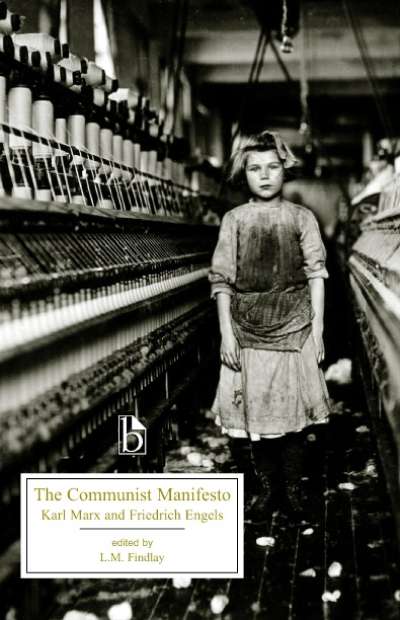British Literature Editions
Showing 241–264 of 379 resultsSorted by latest
-
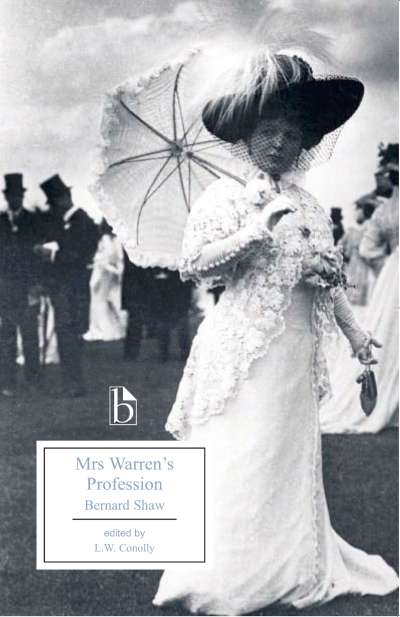
Mrs Warren’s Profession
One of Bernard Shaw’s early plays of social protest, Mrs Warren’s Profession places the protagonist’s decision to become a prostitute in the context of the…
-
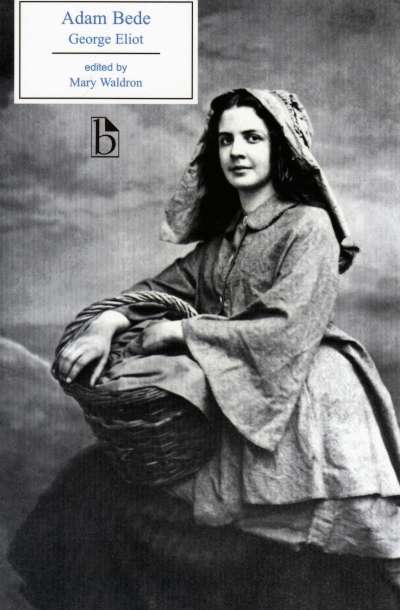
Adam Bede
The seemingly peaceful country village of Hayslope is the setting for this ambitious first novel by one of the nineteenth century’s great novelists. With sympathy,…
-
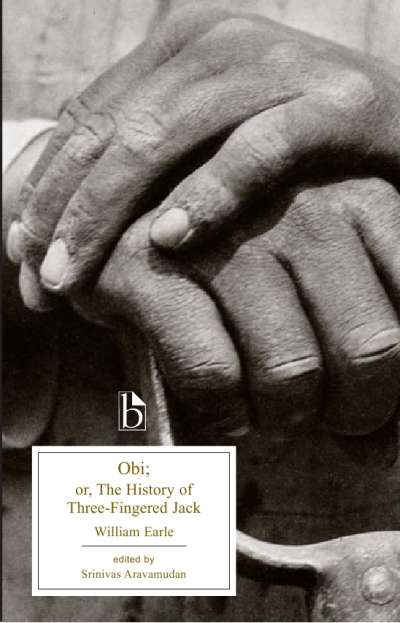
Obi
“Three-Fingered Jack,” the protagonist of this 1800 novel, is based on the escaped slave and Jamaican folk hero Jack Mansong, who was believed to have…
-
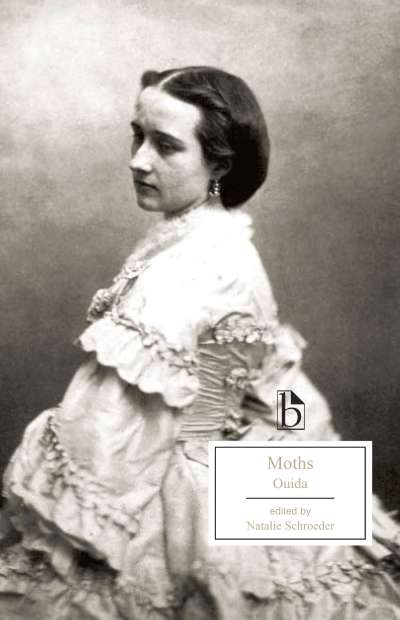
Moths
First published in 1880, Moths addresses such Victorian taboos as adultery, domestic violence, and divorce in vivid and flamboyant prose. The beautiful young heroine, Vere…
-
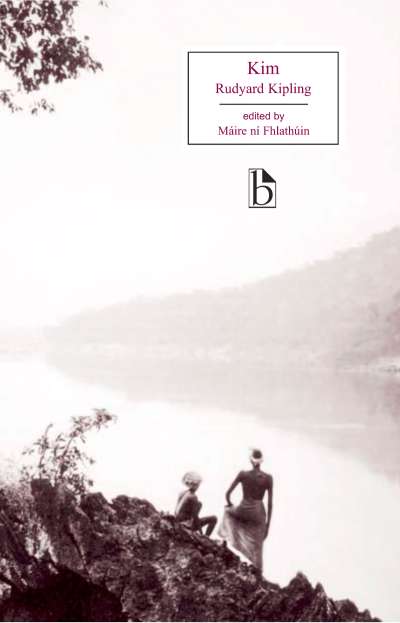
Kim
Kim tells the story of Kimball O’Hara, an orphaned Irish boy growing up in late nineteenth-century India, and his quest for identity as he strives…
-
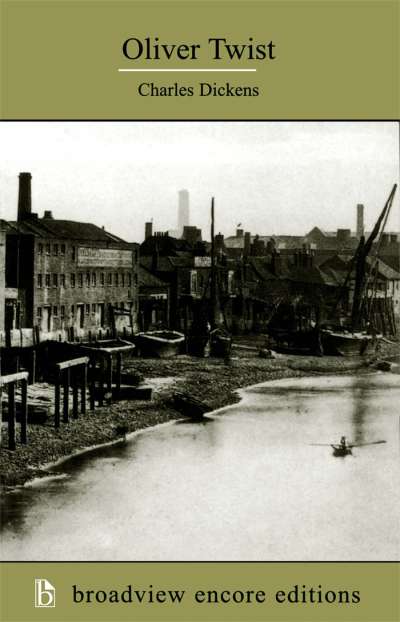
Oliver Twist
Charles Dickens’s famous second novel recounts the story of a boy born in the workhouse and raised in an infant farm as he tries to…
-
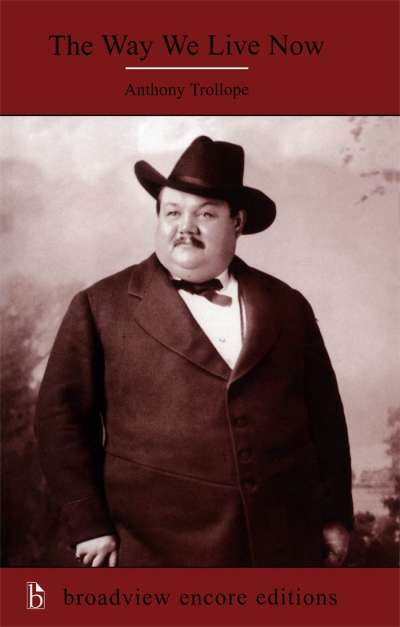
The Way We Live Now
The Way We Live Now—regarded by many as Anthony Trollope’s greatest novel—encompasses in its broad scope much of the business, political, social, and literary life…
-
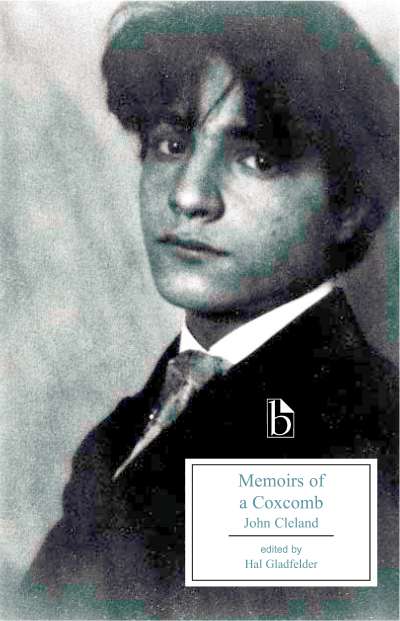
Memoirs of a Coxcomb
Published in 1751, John Cleland’s second novel (after the notorious Memoirs of a Woman of Pleasure) is a witty and complex portrait of aristocratic British…
-
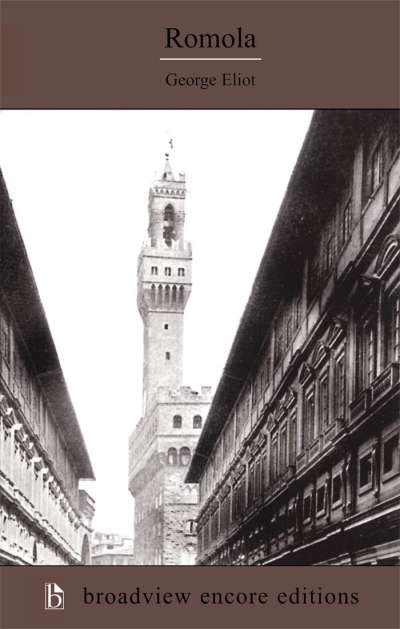
Romola
The most exotic of George Eliot’s works, Romola recounts the story of the famous religious leader Savonarola in Florence at the time of Machiavelli and…
-
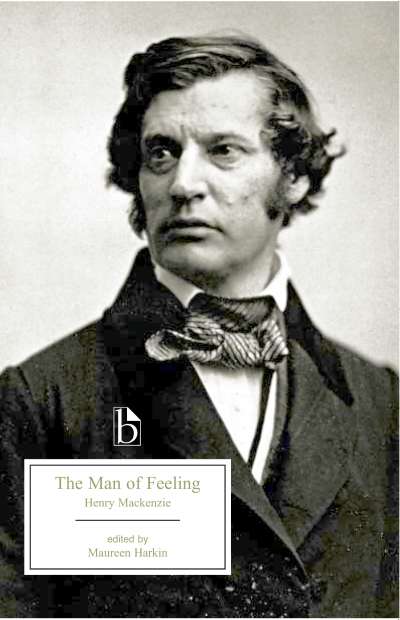
The Man of Feeling
The Man of Feeling is unquestionably among the most important and influential works of eighteenth-century sentimental fiction. The novel follows Harley, the eponymous “man of…
-
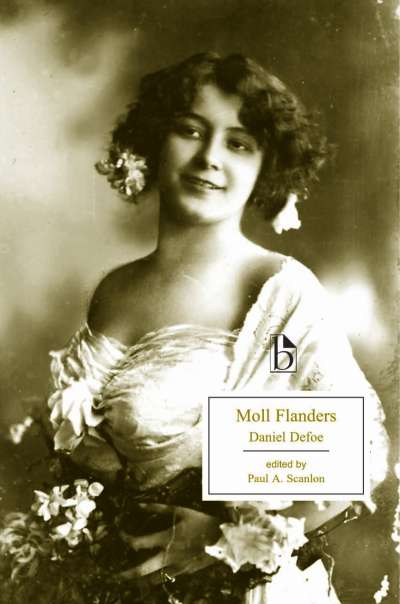
Moll Flanders
Born to a petty thief in London’s notorious Newgate prison and determined to make her way in a rapacious and materialistic society, Moll Flanders recounts…
-
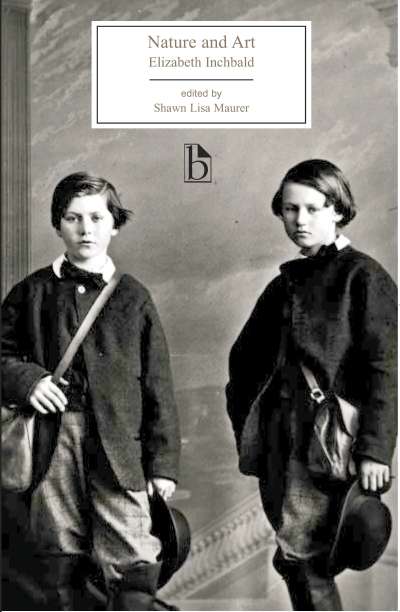
Nature and Art
Nature and Art commands a central place in the history of the English Jacobin novel. Published in 1796, the story explores the opposition between the…
-
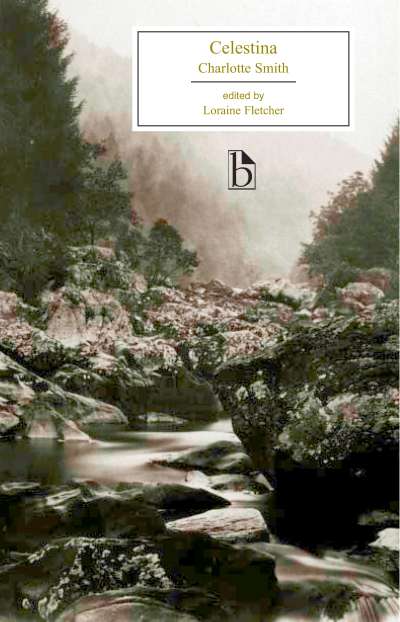
Celestina
Published here for the first time in a modern edition, Charlotte Smith’s third novel is both rivetingly plotted and unique for its time in its…
-
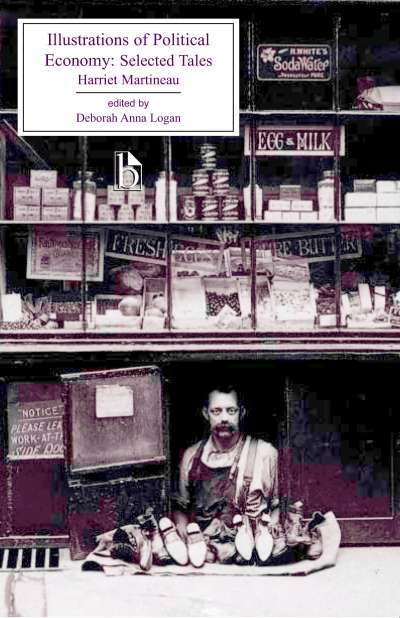
Illustrations of Political Economy
Published in 1832, Illustrations of Political Economy established Harriet Martineau as both a successful and controversial author and a pioneer of nineteenth-century “social problem” writing.…
-
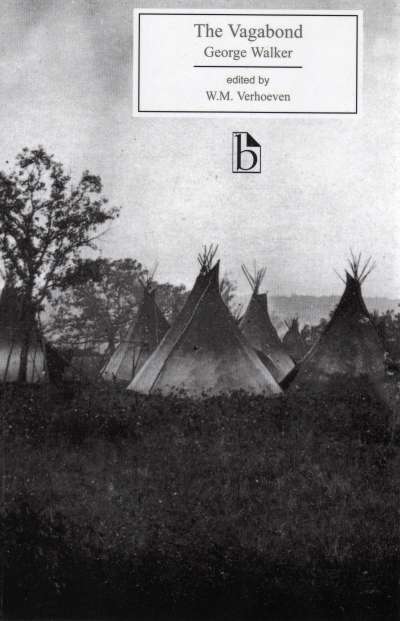
The Vagabond
First published in 1799, George Walker’s The Vagabond was an immediate popular success. Offering a vitriolic critique of post-Bastille Jacobinism and sansculotte-style mob rule, its…
-
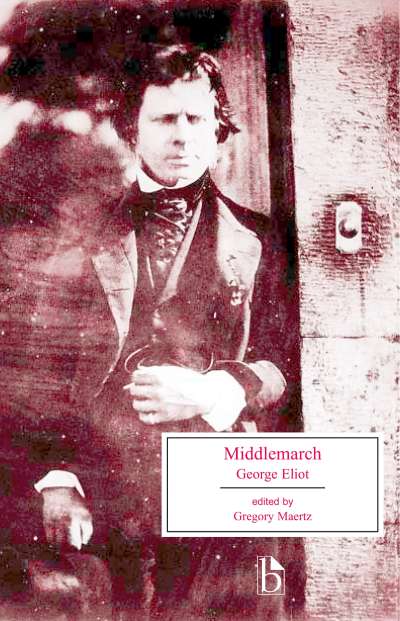
Middlemarch
George Eliot’s Middlemarch (1871-72) is one of the classic novels of English literature and was admired by Virginia Woolf as “one of the few English…
-
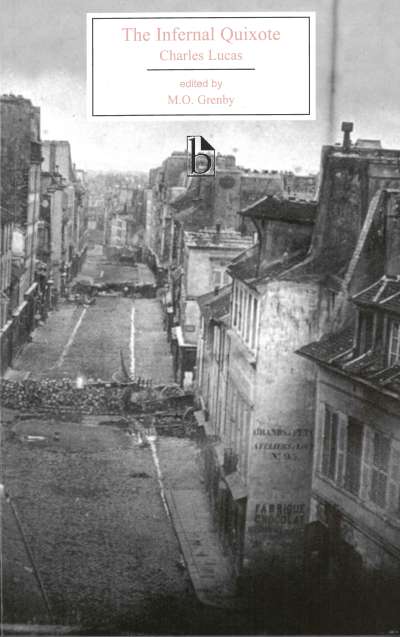
The Infernal Quixote
The Infernal Quixote (1801) is an enjoyable comic romp in which Charles Lucas engages directly with the most pressing political issues of his day and…
-
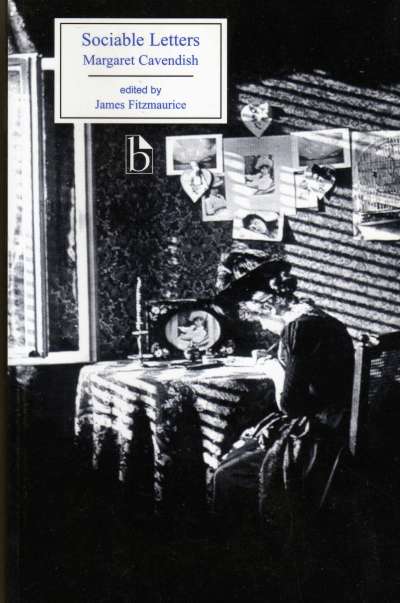
Sociable Letters
The writings of Margaret Cavendish, Duchess of Newcastle, are remarkable for their vivid depiction of the mores and mentality of seventeenth-century England. This edition includes…
-
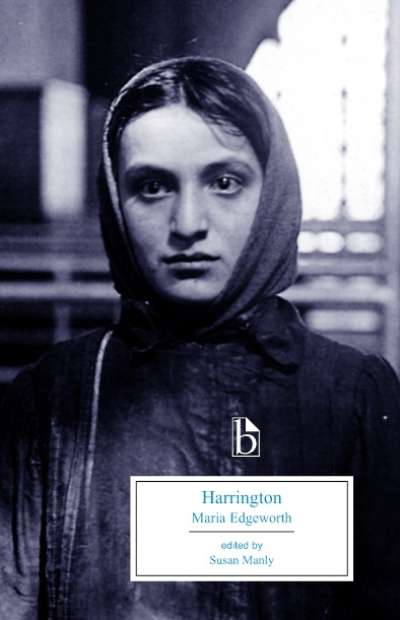
Harrington
Harrington (1817) is the personal narrative of a recovering anti-Semite, a young man whose phobia of Jews is instilled in early childhood and who must…
-
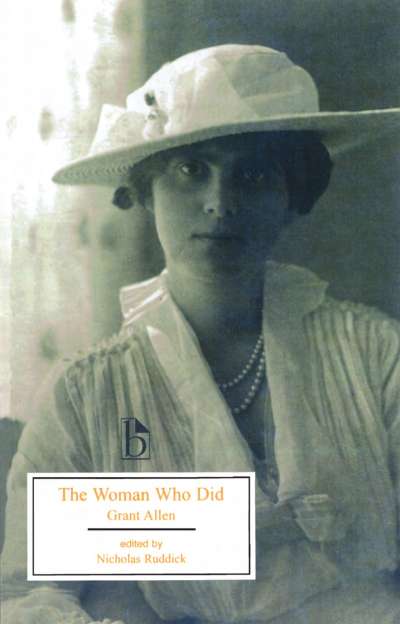
The Woman Who Did
The controversial subject matter of Grant Allen’s novel, The Woman Who Did, made it a major bestseller in 1895. It tells the story of Herminia…
-
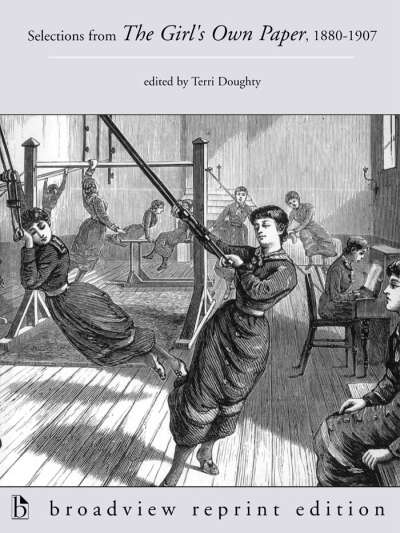
Selections from The Girl’s Own Paper, 1880-1907
The Girl’s Own Paper, founded in 1880, both shaped and reflected tensions between traditional domestic ideologies of the period and New Woman values in the…
-
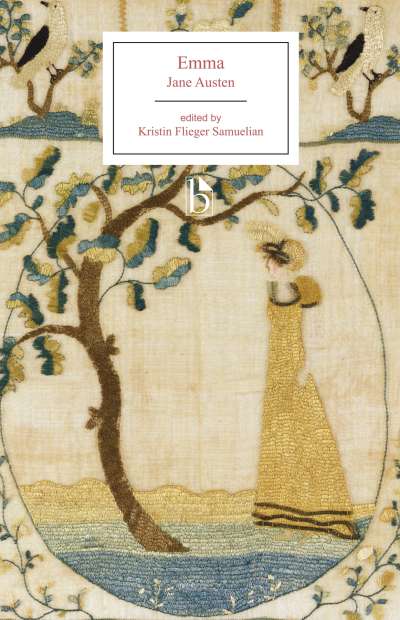
Emma
Jane Austen’s Emma (1816) tells the story of the coming of age of Emma Woodhouse, “handsome, clever, and rich,” who “had lived nearly twenty-one years…
-
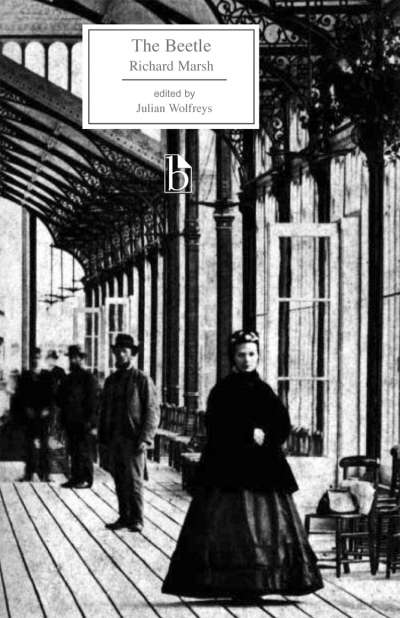
The Beetle
The Beetle (1897) tells the story of a fantastical creature, “born of neither god nor man,” with supernatural and hypnotic powers, who stalks British politician…

